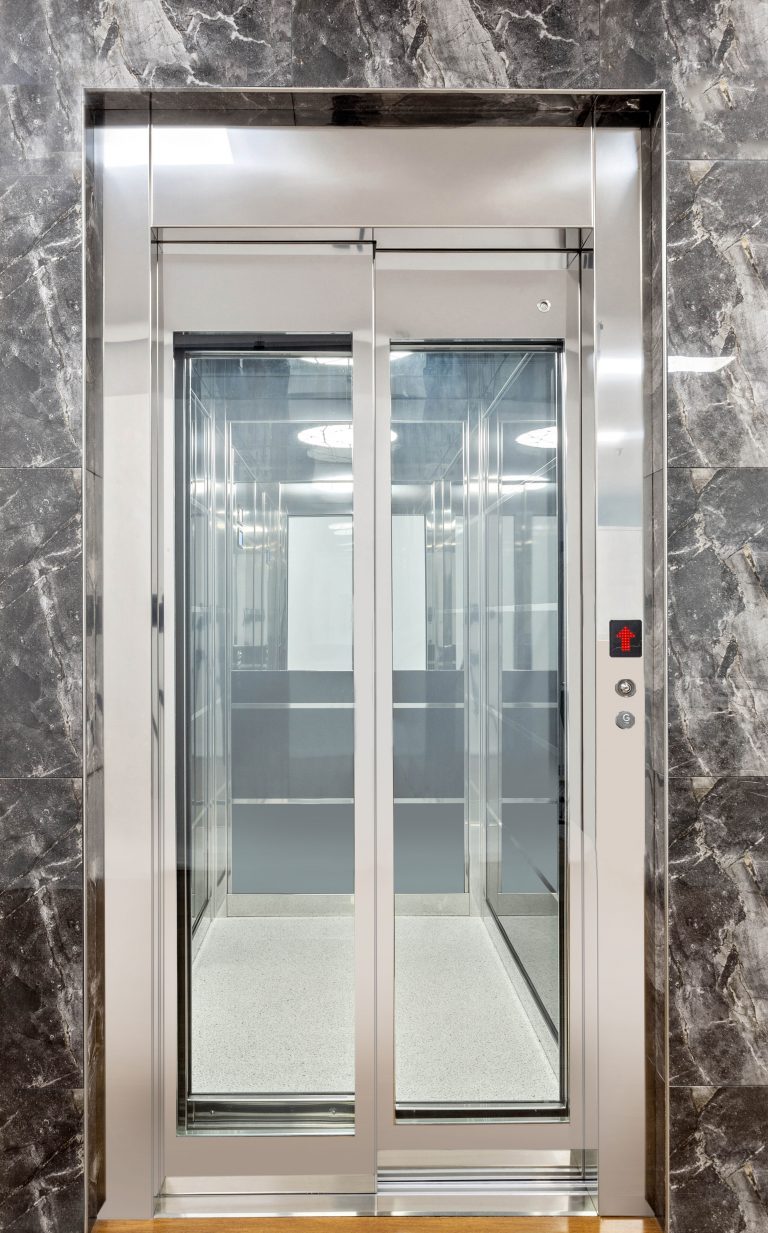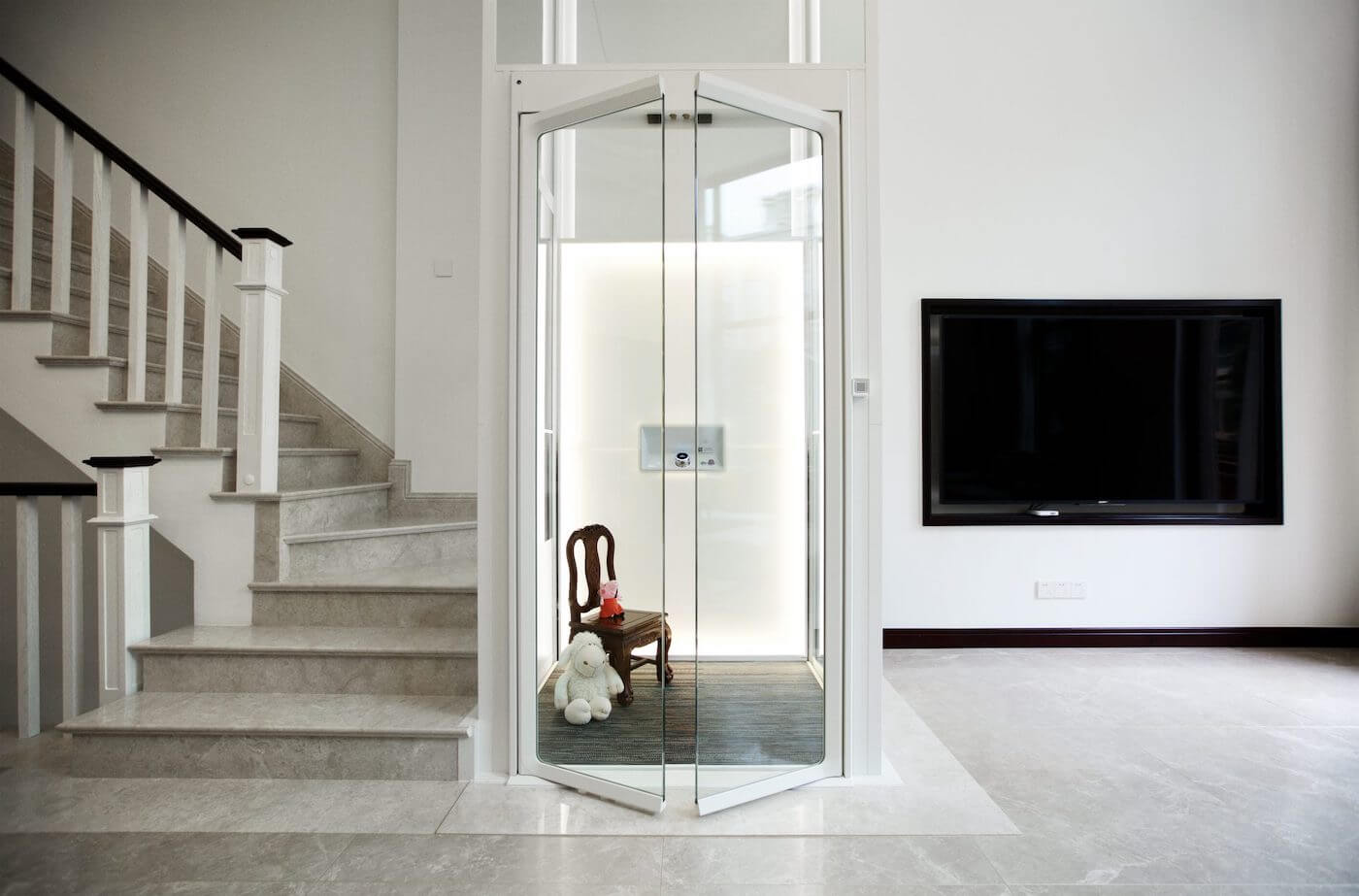Leading Lift Companies in London: Delivering Exceptional Service and Support
Leading Lift Companies in London: Delivering Exceptional Service and Support
Blog Article
Looking Into the Globe of Elevators: Typical Concerns Encountered by Different Lift Systems
As we browse through the vertical transport systems of modern-day buildings, elevators stand out as an indispensable element of our daily lives. From hydraulic elevators to grip systems and machine-room-less layouts, each lift type comes with its set of typical concerns.
Hydraulic Elevators
Hydraulic lifts, often liked for low-rise structures, make use of fluid pressure to manage the motion of the lift car (lift repair companies). This system entails a hydraulic pump pressing oil into a cylinder, triggering the lift to relocate in the wanted direction. While hydraulic lifts are recognized for their quiet and smooth operation, they do include their very own collection of usual issues
One common issue with hydraulic lifts is oil leak. The seals in the hydraulic system can break with time, leading to oil seepage. If left unaddressed, this not just produces a mess yet can additionally influence the lift's efficiency. Additionally, issues with the control system, such as defective valves or a malfunctioning pump, can trigger interruptions in the elevator's movement.
Routine maintenance and prompt repairs are necessary to make sure the smooth functioning of hydraulic elevators. By dealing with these common issues proactively, structure owners can reduce downtime and ensure the safety and security and performance of their vertical transportation system.
Traction Lifts
When thinking about vertical transport systems in structures, one more common type other than hydraulic elevators is the grip elevator. Traction lifts operate making use of a system of ropes and weights that move the elevator cars and truck by grasping onto the hoist ropes. This device enables smoother and quicker upright transport contrasted to hydraulic systems.
One of the common issues faced by grip lifts is rope wear. The constant movement of the ropes within the traction system can bring about tear and wear with time, potentially causing the elevator to malfunction or end up being hazardous for usage. Routine evaluations and maintenance of the ropes are necessary to make sure the lift's correct functioning and security.
Another concern that grip elevators may encounter is associated with the control system. Troubles with the control system can lead to concerns such as irregular motion, delays in reaction times, and even complete shutdowns. Routine screening and maintenance of the control system are vital to avoid such problems and ensure the elevator's dependability.
Machine-Room-Less (MRL) Lifts

One of the vital components of MRL lifts is the small gearless traction equipment that is mounted within the hoistway. This equipment effectively drives the elevator car without the need for large tools discovered in conventional traction elevators. Additionally, MRL lifts usually utilize a weight system to balance the auto, additional enhancing their power performance.
In spite of their advantages, MRL lifts may face difficulties associated with maintenance and fixing because of the constrained space for equipment setup. Accessibility for servicing elements within the shaft can be restricted, requiring specialized training for service technicians. Correct maintenance schedules and routine examinations are essential to guarantee the continued smooth operation of MRL lifts.
Overloading and Weight Limit Issues
Are lifts outfitted to take care of excess weight lots effectively and securely? Straining and weight limit concerns are critical problems in lift operations. Lift producers design lifts with specific weight we maintain lifts capacities to make certain passenger safety and security and devices durability. Going beyond these weight restrictions can cause numerous problems, consisting of mechanical failings, hold-ups, and safety hazards.
When elevators are overwhelmed, it puts extreme stress on the motor, cables, and other elements, possibly triggering malfunctions or breakdowns. If they discover excess weight, safety mechanisms such as sensing units and overload sensors are in area to prevent lifts from moving. In addition, going beyond weight limits can result in enhanced power intake and damage on the lift system.
To alleviate straining issues, building managers need to prominently present weight restrictions in lifts and educate residents on the relevance of sticking to these limitations - lift repair companies. Normal upkeep checks by certified professionals can also help guarantee that lifts are running within safe weight parameters. By attending to overloading and weight limit concerns proactively, structure proprietors can improve elevator security and effectiveness
Electrical System Failures
Going beyond weight restrictions in lifts can not only lead to mechanical concerns however likewise possibly contribute to electric system failures within the lift framework. Electrical system failings are a vital concern in lift procedure, as they can cause unexpected shutdowns, breakdowns, or even security hazards.
Moreover, power rises or fluctuations in the electrical supply can also disrupt the elevator's operation, affecting its we maintain lifts efficiency and security. These electric disruptions can damage delicate lift parts such as control panels, circuit card, or sensors, causing system failings. Normal maintenance and examinations are important to determine and address potential electric concerns immediately, making certain the efficient and risk-free operation of lift systems. By sticking to weight limits and performing routine electric system checks, structure proprietors can minimize the danger of electric failures in elevators.
Final Thought

Hydraulic elevators, often preferred for low-rise structures, utilize fluid stress to regulate the movement of the lift auto.When considering upright transportation systems in structures, an additional usual kind apart from hydraulic lifts is the traction lift. Traction elevators run utilizing a system of ropes and weights that move the lift cars and truck by clutching onto the hoist ropes. Unlike conventional lifts that require a separate device area to house the equipment, MRL elevators integrate many of the elements within the shaft, removing the requirement for a dedicated maker area.In conclusion, lifts encounter common concerns such as hydraulic malfunctions, traction system failures, and electrical system troubles.
Report this page